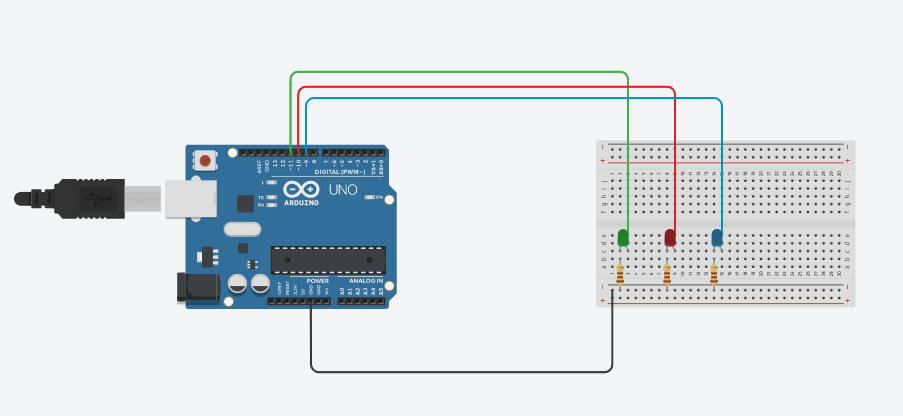

- #ARDUINO ANALOGWRITE FUNCTION HOW TO#
- #ARDUINO ANALOGWRITE FUNCTION SERIAL#
- #ARDUINO ANALOGWRITE FUNCTION FULL#
As the LED fades in and out, those little lines will grow and shrink in length. To our eyes, the movement blurs each LED blink into a line.

What you are doing here is essentially mapping time across the space. Once you get this example running, grab your Node MCU ESP8266 and shake it back and forth in space. Pins marked as 'ANALOG IN' on the board can work either as analog input (to the Analog to Digital Converter), digital input, or digital output. Seeing Its Result is really Fun With this technique The analogWrite(pin, val) function is reserved to PWM pins (D3, D5, D6, D9, D10, and D11 in Arduino Nano).
#ARDUINO ANALOGWRITE FUNCTION SERIAL#
Upload program in your ESP and open serial monitor. wait for 30 milliseconds to see the dimming effect reverse the direction of the fading at the ends of the fade: change the brightness for next time through the loop: Int fadeAmount = 5 // how many points to fade the LED by Int brightness = 0 // how bright the LED is * Generates PWM on Internal LED Pin GPIO 2 of ESP8266*/ LED Fading Program using ESP8266 PWM Function /* A call to analogWrite() is on a scale of 0 – 1023, such that analogWrite(1023) requests a 100% duty cycle (always on), and analogWrite(512) is a 50% duty cycle (on half the time) for example. In other words, with Arduino’s PWM frequency at about 500Hz, the green lines would measure 2 milliseconds each. This duration or period is the inverse of the PWM frequency. In the graphic below, the green lines represent a regular time period. If you repeat this on-off pattern fast enough with an LED for example, the result is as if the signal is a steady voltage between 0 and 3.3V controlling the brightness of the LED. To get varying analog values, you change, or modulate, that pulse width. The duration of “on time” is called the pulse width.
#ARDUINO ANALOGWRITE FUNCTION FULL#
This on-off pattern can simulate voltages in between full on (3.3 Volts) and off (0 Volts) by changing the portion of the time the signal spends on versus the time that the signal spends off. Digital control is used to create a square wave, a signal switched between on and off. Pulse Width Modulation, or PWM, is a technique for getting analog results with digital means. Before we start actual programming lets have a look at What is PWM? The analogWrite function has nothing to do with the analog pins or the analogRead function. You do not need to call pinMode() to set the pin as an output before calling analogWrite(). The frequency of the PWM signal on most pins is approximately 1 KHz. After a call to analogWrite(), the pin will generate a steady square wave of the specified duty cycle until the next call to analogWrite() (or a call to digitalRead() or digitalWrite() on the same pin). Can be used to light a LED at varying brightnesses or drive a motor at various speeds. So, in order to use PWM, we can call the analogWrite function simillar to the function also available with Arduino boards.ĪnalogWrite, Writes an analog value (PWM wave) to a pin. Arduino Uses 8-Bit Resolution i.e.PWM range is 0-254. ESP8266 uses 10-bit resolution for PWM generation PWM value varries from 0 to 1023. The ESP8266 analogWrite is different than the Arduino Uno.
#ARDUINO ANALOGWRITE FUNCTION HOW TO#
This ESP8266 PWM example explains how to use the Pulse Width Modulation (PWM) with the ESP8266.ĮSP8266 can generate PWM on all IO pins.


 0 kommentar(er)
0 kommentar(er)
